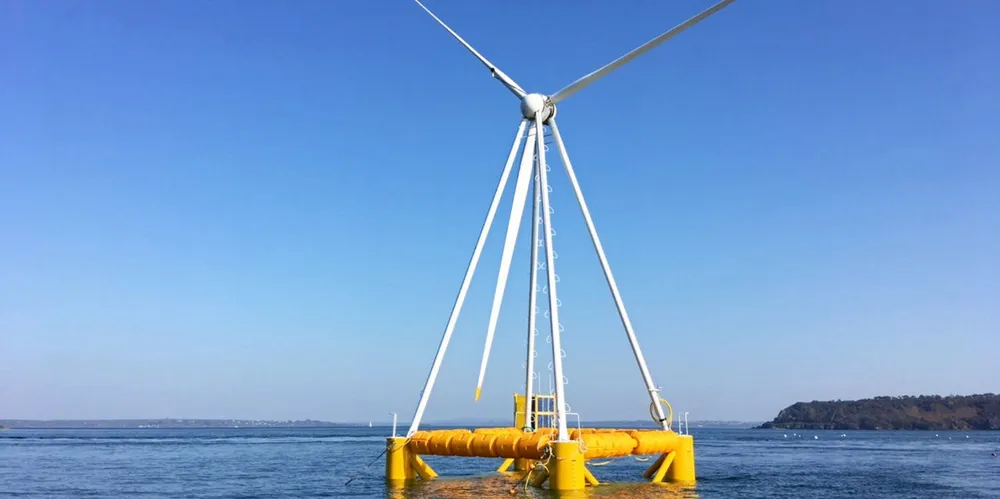Pyramid-shaped floating turbine to test large-rotor vision for 'low wind' Black Sea play
Cadre of 15 European companies including energy developers and R&D centres to build 5MW pilot off Bulgaria using next-generation steel Eolink design

Cadre of 15 European companies including energy developers and R&D centres to build 5MW pilot off Bulgaria using next-generation steel Eolink design
